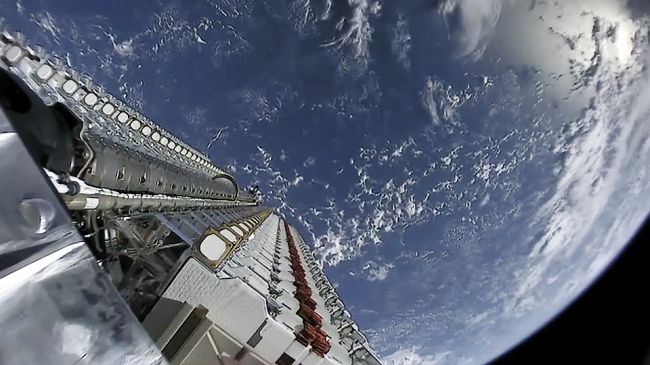SpaceX Falcon 9 Rocket Explodes In Orbit

Second stage of SpaceX Falcon 9 rocket explodes in orbit in company’s first failure since 2016, endangering Starlink satellites
The second stage of a SpaceX Falcon 9 rocket has exploded in orbit while deploying 20 of the company’s own Starlink satellites, in a failure that is the first for the workhorse reusable rocket since 2016.Roughly an hour after the rocket launched from Vandenberg Space Force Base in California on Thursday night the rocket’s second stage failed to reignite, causing it to deploy the satellites to a lower orbit than planned.
An attempt to reignite the rocket “resulted in an engine RUD for reasons currently unknown”, wrote SpaceX chief executive Elon Musk on X, using an acronym for Rapid Unscheduled Disassembly that usually refers to an explosion.
He said the team was “reviewing data tonight to understand root cause”.
The Falcon 9 is to be grounded until SpaceX investigates the failure’s cause, fixes the system and receives Federal Aviation Administration (FAA) approval, the agency said in a statement, a process that could take weeks or months depending on the complexity of the failure and SpaceX’s fix.
![]()
A SpaceX Falcon 9 rocket carrying 23 Starlink satellites launches from Cape Canaveral Space Force Station in Florida on 12 May, 2024. Image credit: SpaceX
In-orbit explosion
The deployment error places the satellites, part of SpaceX’s vast Starlink broadband internet constellation, at risk of burning up in Earth’s atmosphere.
The Falcon 9 rocket, whose first stage is reusable, last failed in 2016 during the loading of propellants during a flight test, destroying an Israeli satellite.
Since then the rocket has flown more than 300 successful missions, including ferrying NASA astronauts to the International Space Station.
It is the only US rocket capable of carrying astronauts to the space station, as Boeing and NASA continue a test mission intended to validate the company’s long-delayed Starliner for such flights.
Musk said the satellites were being updated to fire their thrusters at maximum power to raise their orbit, but conceded success was unlikely.
We’re updating satellite software to run the ion thrusters at their equivalent of warp 9.
Unlike a Star Trek episode, this will probably not work, but it’s worth a shot.
The satellite thrusters need to raise orbit faster than atmospheric drag pulls them down or they burn up.
— Elon Musk (@elonmusk) July 12, 2024
‘Probably not work’
“Unlike a Star Trek episode, this will probably not work, but it’s worth a shot,” he wrote on X.
“We knew this incredible run had to come to an end at some point, but 344 flights in a row is amazing!” wrote SpaceX former vice president of propulsion Tom Mueller on the platform. “The team will fix the problem and start the cycle again.”
SpaceX has launched Falcon 9 roughly 2.8 days on average so far this year and is aiming for more than 140 launches by year’s end, up from 91 last year, but the failure is likely to slow that pace.
It may also delay planned missions taking humans into orbit, including the private Polaris Dawn mission led by entrepreneur Jared Isaacman scheduled for later this month.
In mid-August the Crew-9 mission for NASA is scheduled to take four astronauts to the International Space Station.